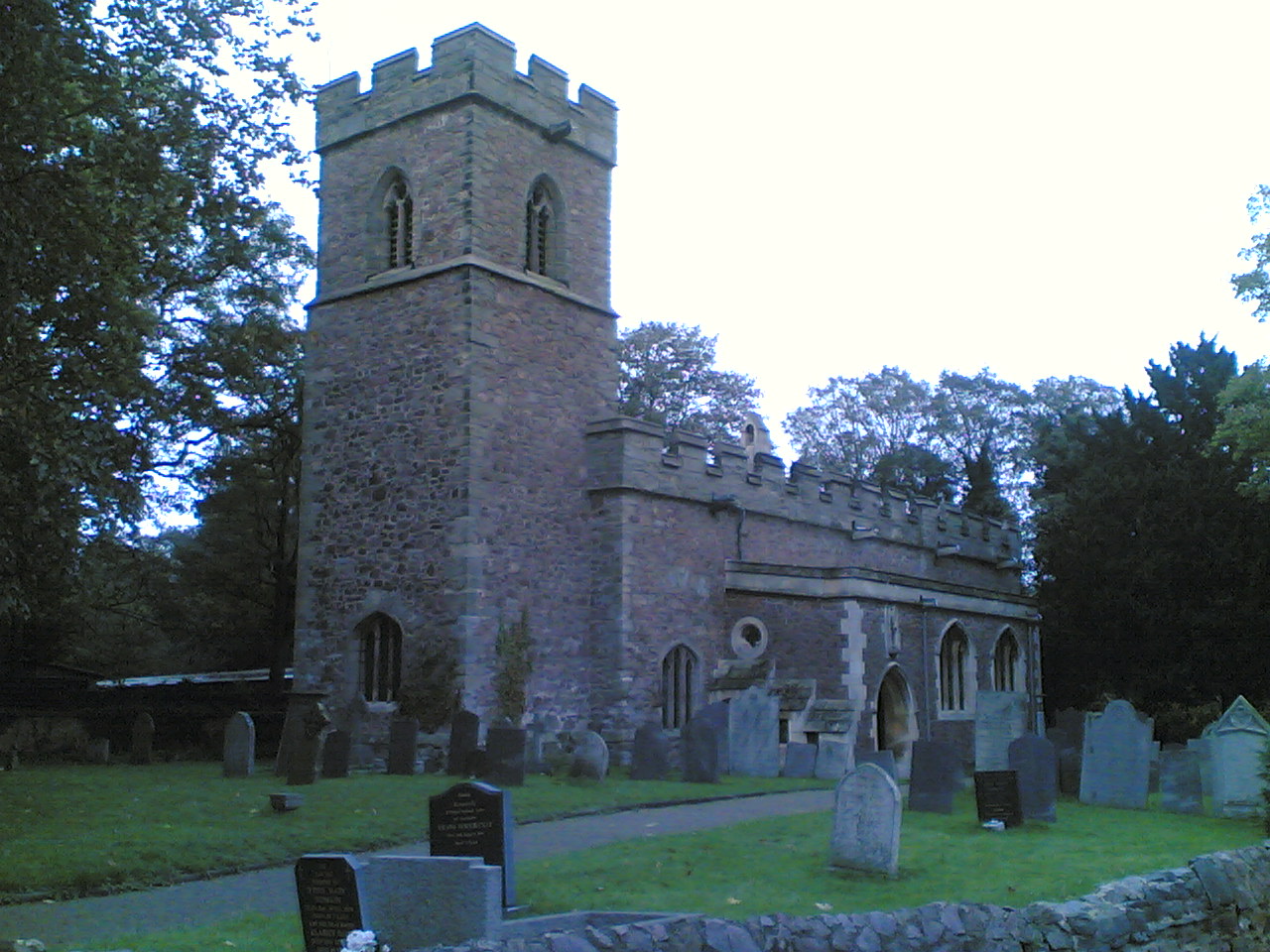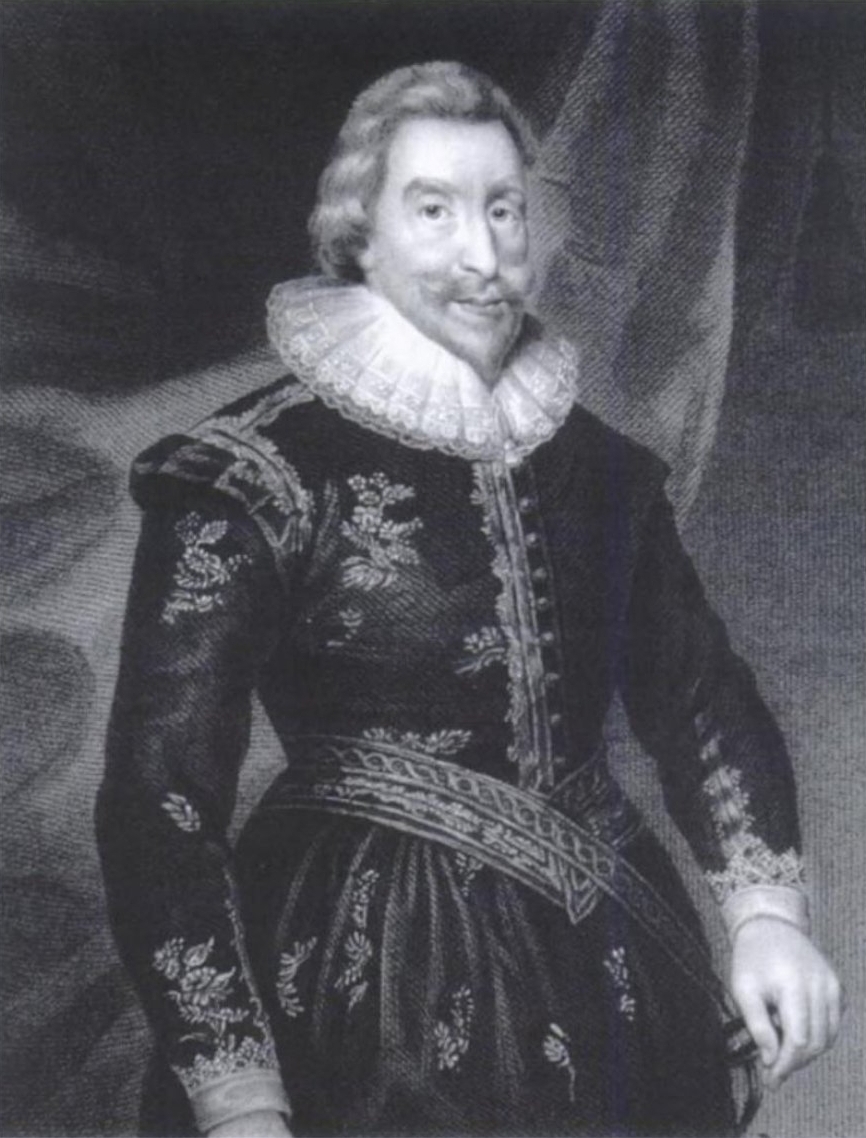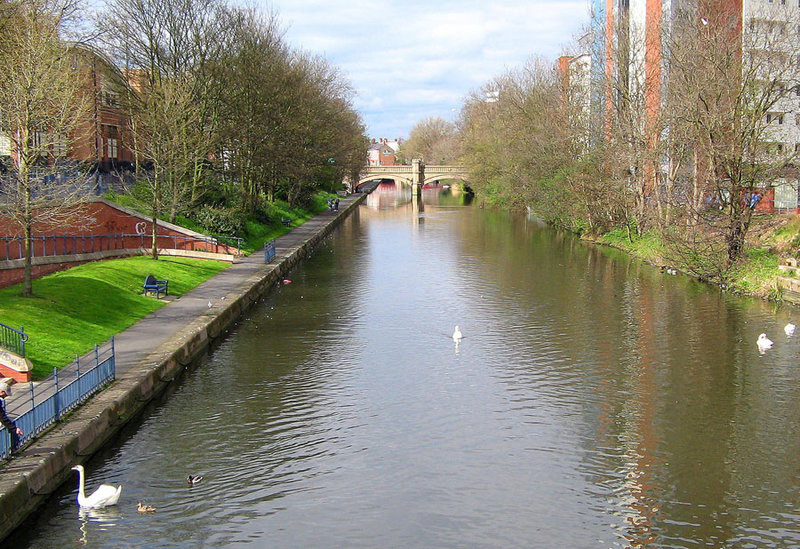|
Wanlip Hall
Wanlip Hall was a large house in Wanlip near the English city of Leicester. It was the ancestral home of the Palmer family. The building was demolished before the Second World War. History There was a hall in Wanlip that came into the possession of Walter Palmer of Staffordshire in 1622 from Sir Walter Aston. The Palmer family were only the third family to own the manor in the last 800 years. This former hall was designed for defence and it had castle-like properties. The older hall was demolished and it was replaced by the Palmer family with a new hall in about 1750. They later extended and improved this imposing building that stood beside the River Soar.Wanlip Hall European Magazine, 1803, p33, retrieved 1 July 2014 The first baronet was [...More Info...] [...Related Items...] OR: [Wikipedia] [Google] [Baidu] |
European Magazine
''The European Magazine'' (sometimes referred to as ''European Magazine'') was a monthly magazine published in London. Eighty-nine semi-annual volumes were published from 1782 until 1826. It was launched as the ''European Magazine, and London Review'' in January 1782, promising to offer "the Literature, History, Politics, Arts, Manners, and Amusements of the Age." It was in direct competition with ''The Gentleman's Magazine'', and in 1826 was absorbed into the ''Monthly Magazine''. Soon after launching the ''European Magazine'', its founding editor, James Perry, passed proprietorship to the Shakespearean scholar Isaac Reed and his partners John Sewell and Daniel Braithwaite, who guided the magazine during its first two decades. The articles and other contributions in the magazine appeared over initials or pseudonyms and have largely remained anonymous. Scholars believe that the contributions include the first published poem by William Wordsworth William Wordsworth (7 Ap ... [...More Info...] [...Related Items...] OR: [Wikipedia] [Google] [Baidu] |
Wanlip
Wanlip is a small village and civil parish in the Charnwood district of Leicestershire, with a population measured at 305 at the 2011 census. It is a countryside village, north of Birstall, and west of Watermead Country Park and the River Soar. The A46 road runs directly past the village. Wanlip won the 2008 Leicester and RutlanBest Village Competitionfor villages with a population under 500. To the south of Wanlip iWanlip Meadows a Leicestershire and Rutland Wildlife Trust nature reserve. To the north is a Severn Trent sewage treatment plant, serving a population of more than half a million. The Cedars Academy lies to the south at the edge of Birstall. To the east lies the 14 hectare Reedbed Local Nature Reserve, part of the Watermead Country Park. Wanlip is the site of a 132-metre-high wind turbine which went into operation at the end of 2013. [...More Info...] [...Related Items...] OR: [Wikipedia] [Google] [Baidu] |
Leicester
Leicester ( ) is a city status in the United Kingdom, city, Unitary authorities of England, unitary authority and the county town of Leicestershire in the East Midlands of England. It is the largest settlement in the East Midlands. The city lies on the River Soar and close to the eastern end of the National Forest, England, National Forest. It is situated to the north-east of Birmingham and Coventry, south of Nottingham and west of Peterborough. The population size has increased by 38,800 ( 11.8%) from around 329,800 in 2011 to 368,600 in 2021 making it the most populous municipality in the East Midlands region. The associated Urban area#United Kingdom, urban area is also the 11th most populous in England and the List of urban areas in the United Kingdom, 13th most populous in the United Kingdom. Leicester is at the intersection of two railway lines: the Midland Main Line and the Birmingham to London Stansted Airport line. It is also at the confluence of the M1 motorway, M1/M ... [...More Info...] [...Related Items...] OR: [Wikipedia] [Google] [Baidu] |
Palmer Baronets
There have been seven baronetcies created for persons with the surname Palmer, two in the Baronetage of England, one each in the Baronetages of Ireland and of Great Britain and three in the Baronetage of the United Kingdom. {{As of, 2021, four of the creations were extant. * Palmer baronets of Wingham (1621) * Palmer baronets of Carlton (1660) * Palmer baronets of Castle Lackin (1777) * Hudson (later Palmer) baronets of Wanlip Hall (1791) The Hudson, later Palmer Baronetcy, of Wanlip Hall in the County of Leicester, was created in the Baronetage of Great Britain on 28 July 1791 for Charles Grave Hudson, 1st Baronet, Charles Grave Hudson, a Director of the South Sea Company and Hi ... * Palmer baronets of Grinkle Park and of Newcastle upon Tyne (1886) * Palmer baronets of Reading (1904) * Palmer baronets of Grosvenor Crescent (1916), see Baron Palmer Set index articles on titles of nobility ... [...More Info...] [...Related Items...] OR: [Wikipedia] [Google] [Baidu] |
Walter Aston, 1st Lord Aston Of Forfar
Walter Aston, 1st Lord Aston of Forfar (baptised 9 July 1584 – 13 August 1639) was an English courtier and diplomat. Life Aston was born in Staffordshire, England, about 1584; he was a son of Sir Edward Aston of Tixall and his second wife Anne Lucy Barnes of Charlecote Park, daughter of Sir Thomas Lucy. On his father's death (1 February 1597) Edward Coke, the Attorney General, was appointed his guardian, by Lord Burghley, master of the Court of Wards. In 1603, at the coronation of King James I of England, Aston was honoured with the Order of the Bath at which Michael Drayton the poet acted as his esquire (Aston had become his patron and between 1602 and 1607 Drayton dedicated five of his works to Sir Walter). In 1611, after paying a fee of £1095, Sir Walter was created Baronet of Tixall. In 1618, he was appointed steward of the honour of Tutbury by James I. In 1622, Sir Walter was sent to Madrid as the resident ambassador to the Spanish court to negotiate a marriage between ... [...More Info...] [...Related Items...] OR: [Wikipedia] [Google] [Baidu] |
River Soar
The River Soar () is a major tributary of the River Trent in the English East Midlands and is the principal river of Leicestershire. The source of the river is midway between Hinckley and Lutterworth. The river then flows north through Leicester, where it is joined by the Grand Union Canal. Continuing on through the Leicestershire Soar Valley, it passes Loughborough and Kegworth until it reaches the Trent at the county boundary. In the 18th century, the Soar was made navigable, initially between Loughborough and the Trent, and then through to Leicester. It was not until the early 19th century that it was linked by the Grand Union Canal to the wider network to the south and to London. Name The name of the ''Soar'' is included in a family of old river-names derived from a root ''*ser-'' "to flow", alongside (among others) ''Saravus'' (''Soar'', a tributary of the Moselle in Belgium), ''Sera'' (''la Serre'', ''la Cère'' and ''le Séran'', three rivers in France), ''Serantia'' ( ... [...More Info...] [...Related Items...] OR: [Wikipedia] [Google] [Baidu] |
Charles Grave Hudson, 1st Baronet
Sir Charles Grave Hudson, 1st Baronet (3 April 1730 – 24 October 1813) married well and became the owner of Wanlip Hall in Leicestershire. He was a director of the South Sea Company and became a High Sheriff of Leicestershire in 1783. He became a baronet on 21 June 1791. Life Hudson was born in Tunis in 1730 to Joseph Hudson, a Dutch consul, and Sarah (born Plowman). Charles was the second and last child and only son.The Baronetage of England: Or The History of the English Baronets William Betham, Vol $, retrieved 28 June 2014 His elder sister, Jane Catharine, married in 1769 , poet, writer, and friend of |
William Pepperell, 1st Baronet (died 1816)
William is a masculine given name of Norman French origin.Hanks, Hardcastle and Hodges, ''Oxford Dictionary of First Names'', Oxford University Press, 2nd edition, , p. 276. It became very popular in the English language after the Norman conquest of England in 1066,All Things William"Meaning & Origin of the Name"/ref> and remained so throughout the Middle Ages and into the modern era. It is sometimes abbreviated "Wm." Shortened familiar versions in English include Will, Wills, Willy, Willie, Liam, Bill, and Billy. A common Irish form is Liam. Scottish diminutives include Wull, Willie or Wullie (as in Oor Wullie or the play ''Douglas''). Female forms are Willa, Willemina, Wilma and Wilhelmina. Etymology William is related to the German given name ''Wilhelm''. Both ultimately descend from Proto-Germanic ''*Wiljahelmaz'', with a direct cognate also in the Old Norse name ''Vilhjalmr'' and a West Germanic borrowing into Medieval Latin ''Willelmus''. The Proto-Germanic name is a ... [...More Info...] [...Related Items...] OR: [Wikipedia] [Google] [Baidu] |
Boston
Boston (), officially the City of Boston, is the state capital and most populous city of the Commonwealth of Massachusetts, as well as the cultural and financial center of the New England region of the United States. It is the 24th- most populous city in the country. The city boundaries encompass an area of about and a population of 675,647 as of 2020. It is the seat of Suffolk County (although the county government was disbanded on July 1, 1999). The city is the economic and cultural anchor of a substantially larger metropolitan area known as Greater Boston, a metropolitan statistical area (MSA) home to a census-estimated 4.8 million people in 2016 and ranking as the tenth-largest MSA in the country. A broader combined statistical area (CSA), generally corresponding to the commuting area and including Providence, Rhode Island, is home to approximately 8.2 million people, making it the sixth most populous in the United States. Boston is one of the oldest ... [...More Info...] [...Related Items...] OR: [Wikipedia] [Google] [Baidu] |
Isaac Royall
Isaac Royall Jr. (1719–1781) was the largest slaveholder in 18th-century Massachusetts. His wealth, primarily accrued through enslaved labor in Antigua, made possible the creation of Harvard Law School. Royall and his father enslaved 64 people on the family's estate in Medford. The Isaac Royall House is now a museum and historic site. The property includes the only surviving freestanding slave quarters in the northern United States. Life Isaac Royall Jr. was the son of slave trader and planter Isaac Royall (1677–1739). The elder Royall had moved from Massachusetts to Antigua in 1700 to establish a slave-labor plantation and made his fortune trading enslaved people, rum, and sugar. Isaac was born on the island in 1719. He was 17 when Antiguan officials carried out a brutal wave of punishments in anticipation of an uprising by enslaved workers. "A total of 132 enslaved persons were convicted, and 88 executed: five by being broken on the wheel, six by gibbeting, and 77 by burni ... [...More Info...] [...Related Items...] OR: [Wikipedia] [Google] [Baidu] |
John Singleton Copley
John Singleton Copley (July 3, 1738 – September 9, 1815) was an Anglo-American painter, active in both colonial America and England. He was probably born in Boston, Massachusetts, to Richard and Mary Singleton Copley, both Anglo-Irish. After becoming well-established as a portrait painter of the wealthy in colonial New England, he moved to London in 1774, never returning to America. In London, he met considerable success as a portraitist for the next two decades, and also painted a number of large history paintings, which were innovative in their readiness to depict modern subjects and modern dress. His later years were less successful, and he died heavily in debt. Biography Early life Copley's mother owned a tobacco shop on Long Wharf. The parents, who, according to the artist's granddaughter Martha Babcock Amory, had come to Boston in 1736, were "engaged in trade, like almost all the inhabitants of the North American colonies at that time". His father was from Lim ... [...More Info...] [...Related Items...] OR: [Wikipedia] [Google] [Baidu] |
Charles Thomas Hudson Palmer, 2nd Baronet
Sir Charles Thomas Hudson Palmer, 2nd Baronet (20 May 1771 – 30 April 1827) was an English landowner. His family seat was in Wanlip Hall in Leicestershire. Life Charles Thomas Hudson was born on 20 May 1771 to Sir Charles Hudson, 1st Baronet of Wanlip Hall and his wife Catherine Palmer. In 1805 Hudson, as he still was then, married Harriet Pepperell (born on 17 December 1773), one of the three daughters of the Anglo-American Sir William Pepperell of Boston and Elizabeth the daughter of Isaac Royall. A portrait of William Pepperell and his three daughters and short-lived son was painted by John Singleton Copley in 1778. Hudson's marriage was important as it linked his family not only to the Pepperell inheritance, but also connected him to the American Royalls. The latter had become rich due to their Antiguan slave plantations. Both Isaac Royall and Hudson's father had interest in slave plantations in Surinam. In 1803 Charles and Harriett had Louisa and in 1806 came Mary An ... [...More Info...] [...Related Items...] OR: [Wikipedia] [Google] [Baidu] |








